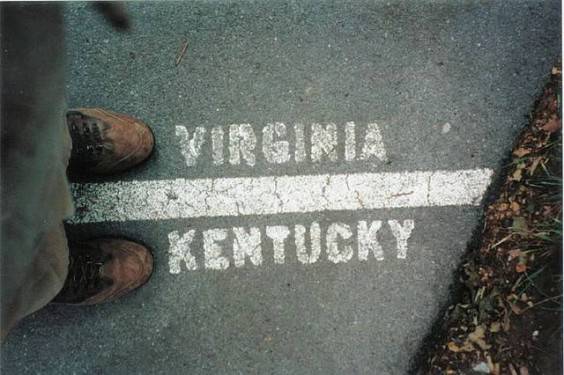Ever wondered how car insurance works when you cross state lines? All car insurance policies are valid nationwide. If you carry relatively higher than minimum required coverage in your home state (which we highly recommend), that coverage will most likely go with you throughout your travels domestically. However, if you decide to carry your state’s minimum coverage, when you drive to another state, your coverage may actually be automatically adjusted to meet the state’s limits that you’re driving in.
It works like this: if you
Ever wondered how car insurance works when you cross state lines? All car insurance policies are valid nationwide. If you carry relatively higher than minimum required coverage in your home state (which we highly recommend), that coverage will most likely go with you throughout your travels domestically. However, if you decide to carry your state’s minimum coverage, when you drive to another state, your coverage may actually be automatically adjusted to meet the state’s limits that you’re driving in..
It works like this: if you carry the minimum coverage that your state requires, then you drive into a state that has higher minimum coverage requirements than your home state, your auto insurance company will automatically adjust your minimums to match the coverage required by the state you are currently in.
For example, let’s say you live in Virginia and carry minimum state coverage of $20,000 for property damage.1 If you were to drive into Delaware, which has a state minimum requirement of $10,000, your higher coverage from Virginia would stick with you in Delaware.2
Now let’s switch things around and say you live in Delaware and carry minimum state coverage, then you drive into Virginia. In that case, while you are in Virginia your property damage coverage will automatically become higher (increasing to $20,000 from $10,000) in order to meet Virginia’s state minimum auto insurance coverage requirements.
In other words, due to how car insurance works, your minimum insurance coverage can only increase to match other states’ higher minimum coverage requirements, and under no circumstances will it be lowered as you drive around the country.
Again, we strongly recommend that you carry as much coverage as you can afford whenever possible. State property damage coverage is low – if you are responsible for totaling someone else’s car or other property, it is likely that the damages will exceed state minimums and the money will come out of your pocket. If you think your current coverage is too low or costing you too much (or both) now might be a good time to do a little comparison shopping for a new rate.
Who is Answer Financial?
As one of the nation’s largest and most reputable auto & home insurance agencies, Answer Financial has insured nearly 5 million homes and vehicles. We work with more than 30, top-rated carriers to save our customers an average of $565 a year on insurance.*
On our mobile-friendly website, shoppers can quickly compare rates and customize coverages from multiple home insurers. By simply entering your zip code and home address, Answer can search publicly available records like square footage and year built to deliver side-by-side comparison quotes from reputable insurance companies.
Answer Financial can help you compare, buy and often save the smart way on insurance. So before you shop, remember to rely on your insurance experts to find you the right home insurance plan for your needs and budget.
carry the minimum coverage that your state requires, then you drive into a state that has higher minimum coverage requirements than your home state, your auto insurance company will automatically adjust your minimums to match the coverage required by the state you are currently in.
For example, let’s say you live in Virginia and carry minimum state coverage of $20,000 for property damage. If you were to drive into Kentucky, which has a state minimum requirement of $10,000, your higher coverage from Virginia would stick with you in Kentucky.
Now let’s switch things around and say you live in Kentucky and carry minimum state coverage, then you drive into Virginia. In that case, while you are in Virginia your property damage coverage will automatically become higher (increasing to $20,000 from $10,000) in order to meet Virginia’s state minimum auto insurance coverage requirements.
In other words, due to how car insurance works, your minimum insurance coverage can only increase to match other states’ higher minimum coverage requirements, and under no circumstances will it be lowered as you drive around the country.
Again, we strongly recommend that you carry as much coverage as you can afford whenever possible. State property damage coverage is low – if you are responsible for totaling someone else’s car or other property, it is likely that the damages will exceed state minimums and the money will come out of your pocket. If you think your current coverage is too low or costing you too much (or both) now might be a good time to do a little comparison shopping for a new rate.
